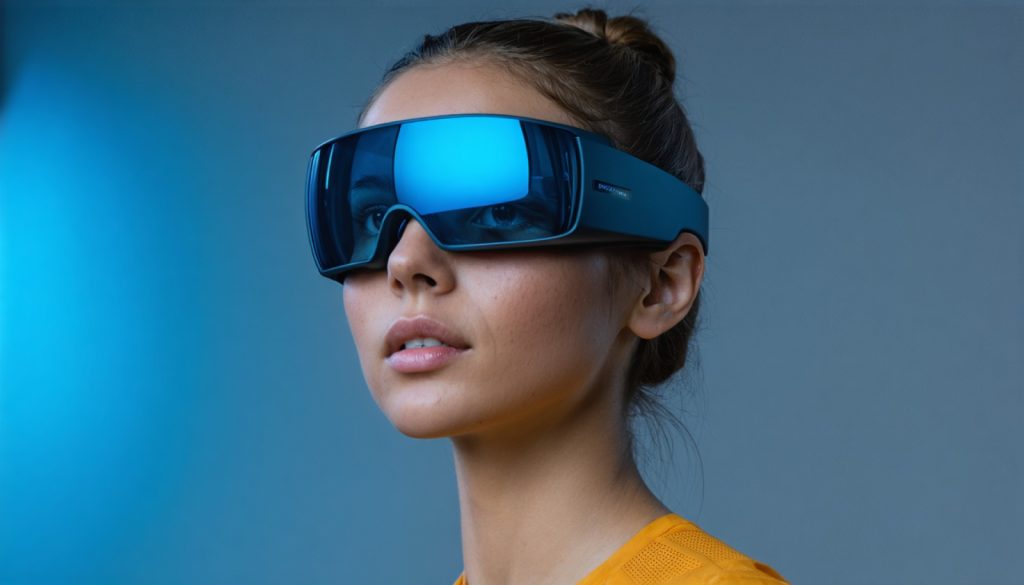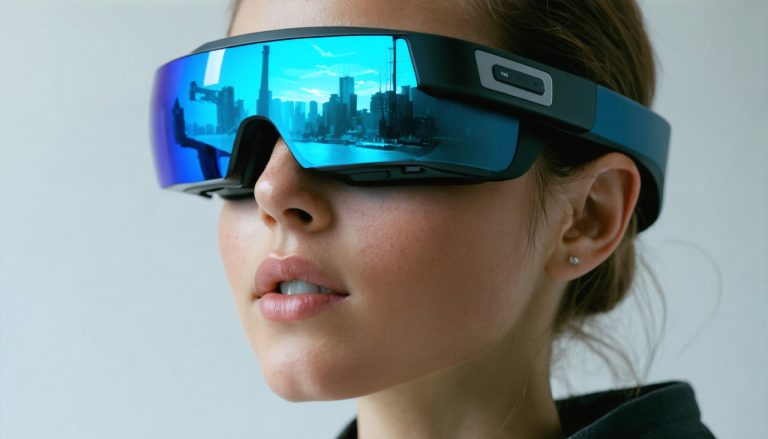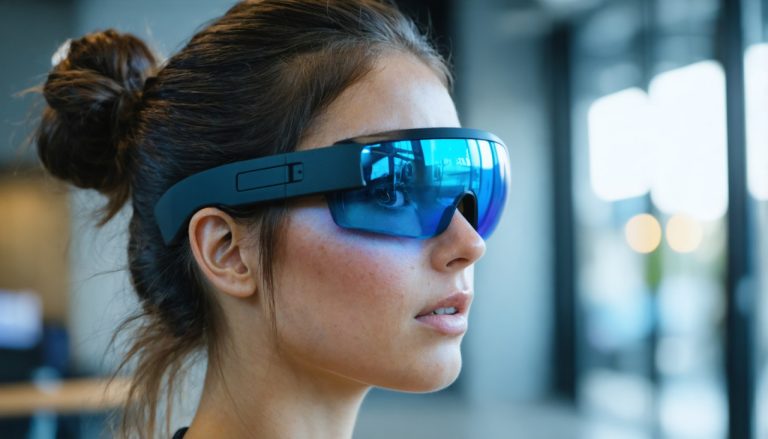
- ENGO’s augmented reality glasses offer a futuristic way to view vital fitness data, such as heart rate and pace, during exercise.
- The glasses are lightweight, weighing only 36 grams, and come with an all-day battery but no cameras or AI assistants.
- They connect to devices like the Garmin Fenix 8 to provide real-time stats, enhancing performance during activities like jogging and hiking.
- Design challenges remain, as the glasses can shift and obstruct vision during rigorous activities, requiring user adjustments.
- Competing tech from companies like Meta and Google may soon offer features like gesture controls and holographics.
- While promising, the usability and comfort of AR glasses need refinement before they can replace traditional fitness trackers like smartwatches.
Imagine a run where vital stats like heart rate and pace flicker to life just within your line of sight, sparking a newfound awareness of every stride. That was the mesmerizing possibility I encountered with the latest augmented reality glasses from ENGO. These glasses promise to merge the worlds of health data and exercise seamlessly, offering a tantalizing glimpse into the future of fitness technology.
With a featherlight frame weighing in at merely 36 grams, these glasses barely tip the scales, drawing attention away from traditional bulky technology. They pack an all-day battery capable of keeping up with even the most enduring of workouts. Yet, they consciously forgo extra features like cameras or AI assistants, relying instead on the continuous stream of information they pull from a connected device like the Garmin Fenix 8.
During hilly jogs and challenging hikes, these glasses transitioned from flashy gadgetry to valuable training aides, revealing stats such as elevation gain and heart rate zones—a constant companion in the quest for better performance. However, despite the allure, the hardware still faces hurdles. Its design, though lightweight, shifts uncomfortably during a rigorous pace, blocking central vision and requiring adjustment.
ENGO isn’t alone in exploring this new frontier. Giants like Meta and Google are rumored to be fashioning their own takes on AR glasses. Meta’s Hypernova promises gesture controls, allowing athletes to engage with data mid-motion with nothing more than a tap of fingers. Meanwhile, Google’s Project Haean hints at the integration of holographics in a petite package under 50 grams, striving for the sweet spot that captivates fitness enthusiasts.
The ENGO glasses illuminated how transformative real-time, accessible data could be for athletes. But this technology must still evolve to address the nuances of usability and comfort. One day, these devices may eliminate the need for glancing at wrist-worn gadgets altogether, comprehensively merging technology with the body’s natural rhythm.
Looking ahead, a pressing question emerges: will runners and cyclists embrace these high-tech spectacles to revolutionize their routines, or is the trusty smartwatch still the go-to gear? As smart glasses continue to evolve, the athletes of tomorrow may soon find the answer nestled right before their eyes.
The Future of Fitness: Are AR Glasses the Next Big Thing?
Exploring the Potential of Augmented Reality Glasses in Fitness
The emergence of augmented reality (AR) glasses, like the ones developed by ENGO, could redefine how athletes approach their training regimes. These glasses promise to revolutionize the integration of real-time health data during workouts, with lightweight frames and long battery lives making them a viable companion for fitness enthusiasts.
—
Key Features and Benefits
– Lightweight Design: At just 36 grams, ENGO’s glasses are engineered for comfort, providing an unobtrusive way to monitor workout data without the bulkiness of traditional gadgets.
– Battery Efficiency: The all-day battery life underscores their reliability in supporting long-distance runners and avid hikers, potentially outlasting many smartwatches on the market.
– Integrated Health Metrics: When paired with devices like the Garmin Fenix 8, these glasses offer instant access to essential statistics, including heart rate, pace, and elevation gain, enabling athletes to optimize their performance in real-time.
—
Market Trends and Predictions
– AR Versus Smartwatches: As fitness technology advances, the market may see a shift from wrist-worn devices to eye-integrated solutions. This could herald new efficiency in data delivery and engagement during physical activity.
– Emerging Competitors: Companies like Meta and Google are entering the AR arena with products potentially boasting unique features like gesture controls and advanced holographic displays. This competition may accelerate technological improvements and reduce prices, making AR glasses more accessible to the mass market.
—
Usability Concerns and Limitations
– Comfort and Fit: Current models, while lightweight, can obstruct central vision and require adjustment during intense activity—a significant usability issue that manufacturers need to address.
– Feature Limitations: Compared to smartwatches, some AR glasses currently lack additional functionalities such as GPS navigation, music control, or AI assistants, potentially limiting their appeal.
—
Actionable Recommendations
1. Try Before You Buy: If possible, test the fit and feel of AR glasses before committing to ensure they accommodate your workout style without discomfort.
2. Evaluate Your Needs: Consider what metrics are most critical to your fitness goals and check that the glasses can provide that data reliably.
3. Stay Updated: Follow developments from leading tech companies, as AR glasses may soon include new features at a competitive price point.
—
Conclusion
As AR glasses continue to evolve, they may soon enable athletes to focus entirely on performance, free from the distraction of hand-held devices. For those keen on embracing cutting-edge technology, these glasses can offer a tantalizing glimpse into the future of fitness training.
For more updates and product innovations in the realm of augmented reality, visit [Engo Eyewear](https://engoeyewear.com), [Meta](https://meta.com), and [Google](https://google.com).
The release of AR glasses by these tech giants signifies an exciting transition in how we interact with fitness technology—a change that is just around the horizon.



